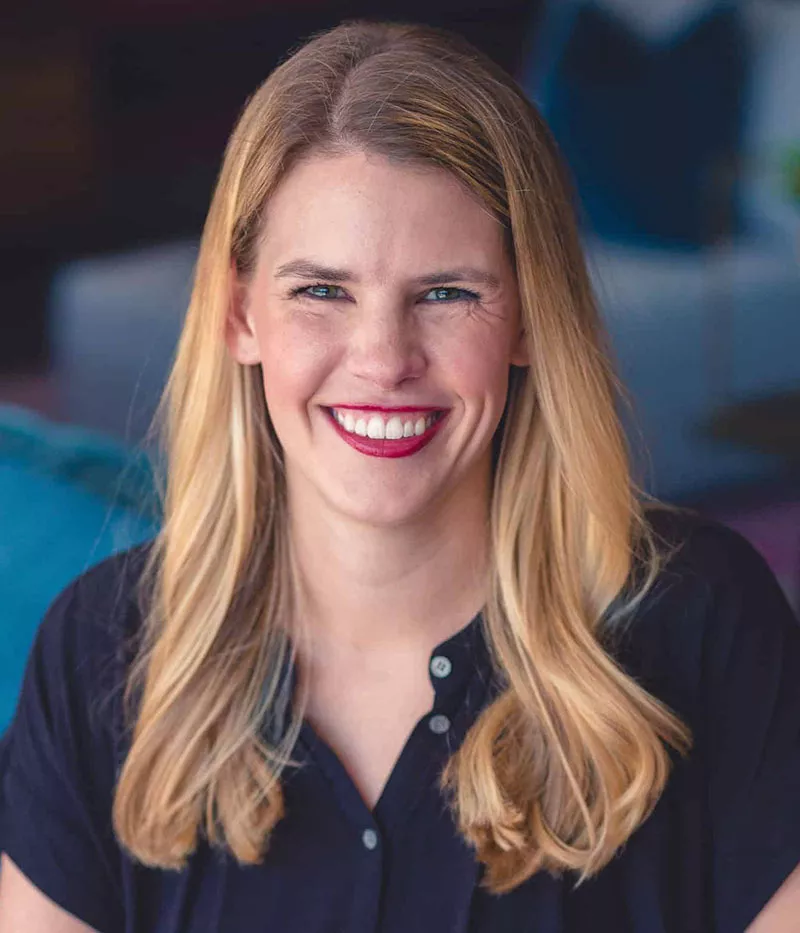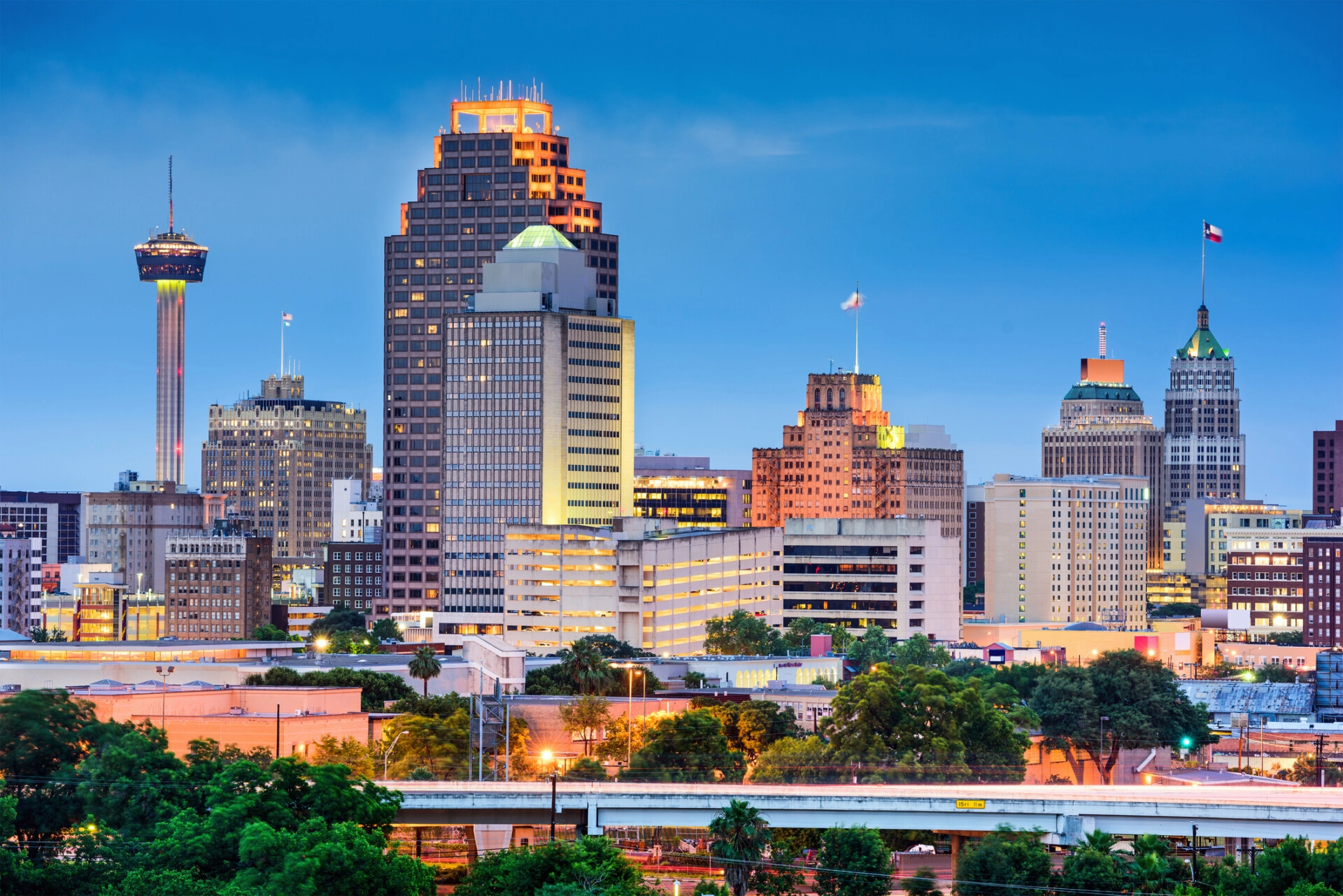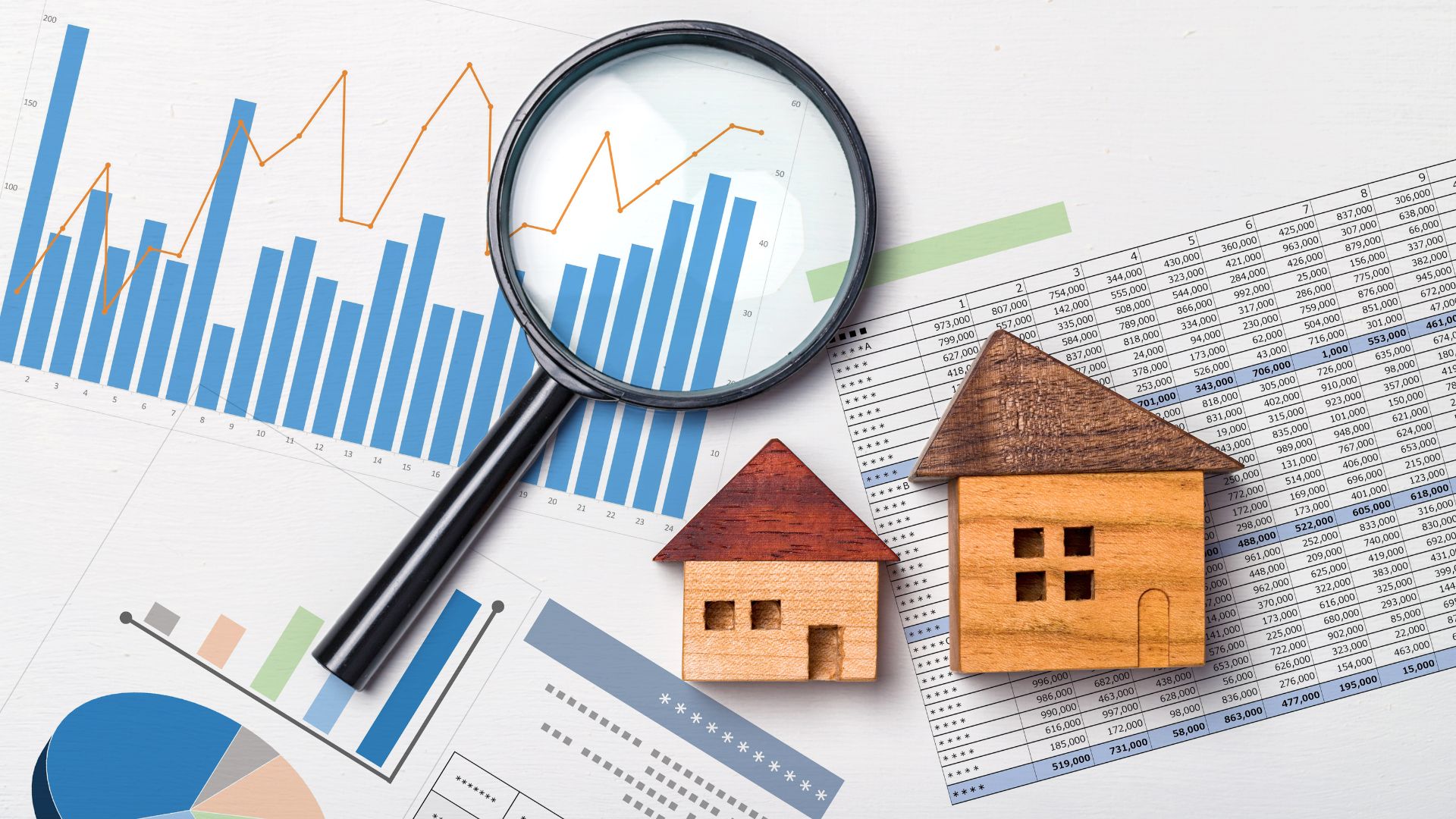When introducing Wildhorn Capital, the words I most often use to describe our culture are “boutique” “creative” and “relationship oriented”. The most common response I get is that those words aren’t necessarily what people think of when they look at a Real Estate Firm with $300mm of assets under management. I’m ok with that.
The word I’m most focused on in that list, and what we’ll talk about today, is creativity. Part of that is likely my background in marketing and advertising. Part of that is how much we leverage creativity in our business on a daily basis. Part of it is how much we’re forced to be creative these days to find and execute on value-addValue-add is a strategy where an investor or property owner seeks to increase the value of a property by making significant improvements or changes to it. The goal is to enhance the property's appeal, functionality, and income-generating potential, which can lead to higher rental income, increased property valuation, and improved overall performance. View Definition opportunities.
As we’ve written about recently, Central Texas has seen a run on pricing and interest through the COVID-19 pandemic. The reasons for that: multifamily has performed very well (knock on wood) with collections and occupancy; continued job announcements for Austin in the middle of the pandemic, with Tesla the major headline; new capital is showing up to town looking to capitalize on both factors above. The fact remains–cap rates are going down and for us to be competitive in this environment we’ve got to exercise our creativity.
For us, that means thinking outside the box. We want to continue to execute value-add deals because we believe they are the best way to produce outsized, risk-adjusted returns to investors. But in an environment where cap rates are compressing, we’ve spent a lot of time thinking about how we can expand the definition of value-add and ways we can approach assets to create value.
In this article, we want to highlight the four buckets of value-add we’re exploring today, and how we’re trying to be creative within those buckets to create value for investors.
- Interior Value-Add. This has been our (and most other groups) bread and butter. Buy an older, existing asset and renovate it. Beautify the exterior and amenities while improving and updating interiors. While the strategy itself isn’t the most creative in the market, the execution is all about creativity.
From the branding and color choices we employ to differentiate ourselves, to the amenities we add (or delete) you have to be creative in thinking about your value add and what will appeal to residents and give you a leasing advantage.
We also see creativity play out in how you execute your renovations. We don’t simply go to Home Depot to buy flooring or faucets. We source and manufacture our renovation materials directly from factories overseas. We get to design the exact products we want-the faucets, the cabinet pulls, the lighting fixtures, the flooring–they are manufactured to our specs after we select them. We think this gives us a competitive advantage on pricing, but also that extra wow factor when a resident walks in–you can tell there is creativity and thought put into the renovations.
- Value Through Rezoning. As Austin’s growth continues to explode, the city is grappling with how to support and deal with this growth. We think we will have a new land use code in 2021 trying to answer some of those questions. There is a $7 bllion bond on the ballot next month for Project Connect aimed at creating more mass transportation opportunities. Land is being gobbled up all over the place as speculators and developers try and predict where the city will grow.
For Wildhorn, we’re not developers. But we do see this trend–and we’re certainly here living and experiencing the growth. We see the opportunity to look at existing multifamily product not just for what sits there today, but for what could sit there in the future.Leveraging our relationships and local expertise, every asset we underwrite today we’re digging into understand land value, current zoning, and what’s possible in the future. Is there a way we can add value by turning this into a development site in the future? Can we increase density? Add height? What are the chances any of that might happen?
We’re not likely to buy an asset to solely run this play, but we can’t say we won’t’ in the future either. Today, we look at this option as an additional exit ramp for our assets and a creative solution to create value.
- Affordability. Along with dealing with our growth, the other big challenge/crisis in Austin these days is affordability. As the city grows, more and more people can’t afford to live in it. This is a problem many big cities face, but it’s not something we love to see happen in our hometown.
Wherever a problem arises, a creative solution exists–at least that’s our thinking. There is a whole world of affordability programs out there aimed at helping keep people in cities. Many of them are government run, whether it’s at the city, county, state or federal level. We’re just now starting to dig into this space and understand the different programs out there and their unique nuances.It’s too early to tell if this will be a big focus of ours going forward, but we do know affordability is a challenge in Austin and if we can find the right programs to leverage, it can create a win win for our investors and the residents of our city.
- Opportunity Zones. As we’ve discussed in this space, we are closing on an Opportunity Zone project at the end of this year. This program is designed to encourage developers to invest in economically disadvantaged areas across the country. In Austin the designated zones are in good and growing areas of East Austin–places we are already looking for deals. In these deals, the OZ itself is the value-add as investors get incredible tax benefits by investing capital gain dollars into these projects. Those tax benefits create the outsized returns, and you’re investing into brand new construction assets.
Our creative take on OZ’s is our execution. Again, we’re not developers so it doesn’t make sense for us to try and build projects in the OZ. Rather, we are looking for opportunities to execute what is known as a “TCO Takeover”. Basically, we buy a project just before they receive their Temporary Certificate of Occupancy (TCO). That allows us to take advantage of the tax benefits, while also removing construction risk and starting cash flowThe money that is left over each month or year from the property's income after paying for operating costs, mortgage, taxes, and other expenses. Positive cash flow occurs when the income exceeds the expenses, while negative cash flow indicates that the property's expenses are higher than the income it generates. View Definition as soon as lease up is completed.This is a rather unique strategy in the still emerging Opportunity Zone world, but one that we love for our investors. And something that takes a little creativity to execute.
Our favorite thing about being a real estate investor and entrepreneur is getting to think creatively. With the four buckets outlined above, there is a lot to keep us busy–but also a belief that by being creative we can create more value than our competition and continue to find deals our investors love.
Which of these strategies do you think is the most creative?

Alix serves as Wildhorn’s Director of Finance and Operations where she oversees all aspects of financial management as well as the ongoing operations and procedures of the company. Prior to joining Wildhorn, Alix worked as a tax and treasury accountant at Ovation Partners, a private credit investment firm. She has also worked in the public accounting industry at both a Big 4 firm and a local middle market firm.







